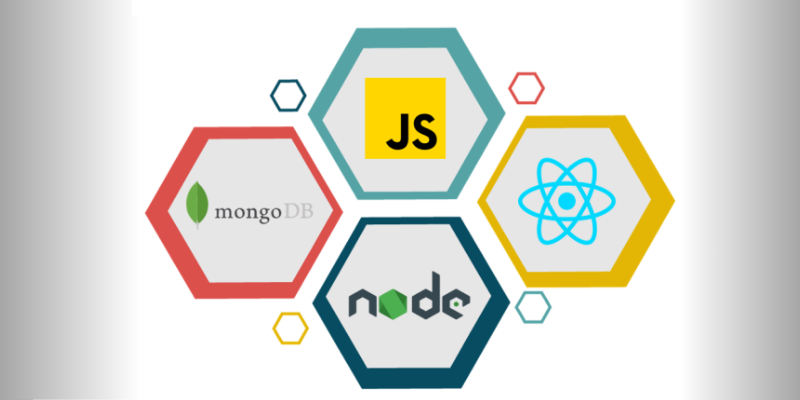
Why Convert Excel to MERN?
Excel is a great tool for data organization and quick analysis but lacks the flexibility of web applications, especially for collaborative and real-time data needs. A MERN application, however, provides a robust backend to manage large datasets (MongoDB), a server layer for handling requests (Express and Node.js), and a dynamic user interface (React JS). With MERN, you can maintain data integrity, automate data processing, and provide users with real-time updates and analytics. If you’re new to Excel, taking an Excel Training in Chennai can help you master the basics. Enrol now at the Advanced Excel Course in Bangalore.Prepare Your Excel Data for Migration
Before transferring your Excel data, review it carefully:- Data Cleanup: Remove duplicates, fill missing values, and ensure that column names are standardized.
- Structure the Data: Organize your data in a table format with clear headers that will map seamlessly into MongoDB collections.
- Save as CSV or JSON: Export your Excel sheet to a format compatible with MongoDB, such as CSV or JSON. Most MERN applications prefer JSON since it aligns with MongoDB’s data structure, making it easier to map data directly. Features of Advanced Excel Training Online, setting a strong foundation before diving into application conversion.
Set Up Your MERN Stack Application
Once the data is ready, set up a MERN application. Here’s a quick overview:- MongoDB Setup: MongoDB will serve as the backend database for your application. Install MongoDB, create a database, and import the CSV or JSON file using MongoDB’s import commands. Consider taking MERN Stack Training in Chennai to get in-depth knowledge of database structure and management.
- Express and Node.js Setup: Express and Node.js together will manage the server-side operations of your application. Install Node.js, set up an Express server, and create API endpoints to handle data retrieval, updates, and deletions. These APIs will later interact with the front end and MongoDB. MERN Stack Online Course offer the hands-on experience needed to build user-friendly and interactive interfaces.
Implement React JS for the Frontend
React JS is responsible for creating a dynamic and interactive user interface.- Setting up React Components: Break down the UI into components based on the structure of your Excel sheet. For instance, if you have a customer database, you can create components like CustomerList, CustomerDetails, and CustomerForm.
- Fetching Data from APIs: Use React’s useEffect hook to fetch data from your Express API on load. The retrieved data will display the migrated Excel data in a structured, interactive format.
- Data Manipulation in React: Allow users to add, edit, or delete records. These interactions should be connected to Express endpoints to ensure that changes reflect in MongoDB. For comprehensive React knowledge, consider React JS Training in Chennai courses.
Enhance the Application with Google Cloud
Once your application is functional, deploying it on a cloud platform like Google Cloud will make it accessible anytime, anywhere. Google Cloud offers scalability, security, and cost-effective hosting for MERN applications.- Set Up a Google Cloud Project: If you don’t have a Google Cloud account, start by setting one up and creating a new project for your application.
- Database Hosting: Use Google Cloud’s solutions to host your MongoDB database or deploy it on services like MongoDB Atlas, which offers seamless integration with Google Cloud.
- Deploy Your Application: Google Cloud’s Compute Engine or App Engine can host the Express and Node.js server, while the front end can be deployed as a static site on Cloud Storage. Ensure your APIs and React components are configured for production use. To enhance your deployment skills, consider Google Cloud Training in Chennai.
Testing and Optimization
After deployment, test your application to ensure data accuracy and smooth functionality.- End-to-End Testing: Test all major functionalities, including data import, export, and manipulation, to ensure everything operates seamlessly.
- Performance Optimization: Consider using tools like Google Lighthouse or GTmetrix to test application performance. Optimize the load times and ensure efficient API calls by using caching where possible.
- Error Handling: Implement error handling in your code, both in the front end (React) and back end (Express), to give users clear feedback on any issues. Google Cloud Online Training provide valuable insights into managing applications in the cloud.
Benefits of a MERN Application Over Excel
Migrating from Excel to a MERN application brings multiple benefits:- Enhanced Accessibility: MERN applications are accessible from any device with internet access, unlike Excel, which is usually stored locally.
- Real-Time Data Updates: Changes in a MERN application are instantly updated across all users, whereas in Excel, this would require frequent uploads and downloads.
- Improved Collaboration: Team members can work on the same dataset simultaneously, with real-time updates, improving efficiency and reducing version conflicts.
- Scalability: MongoDB can handle extensive datasets more effectively than Excel, making it suitable for growing businesses. This transition not only improves collaboration but also enables integration with other advanced technologies, such as React Js Online Course and cloud services.